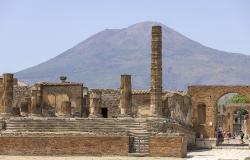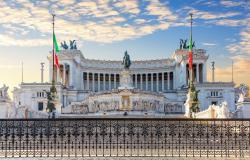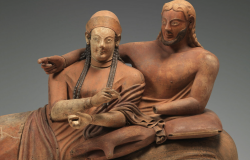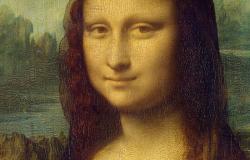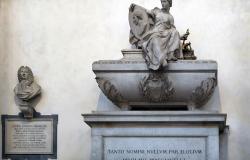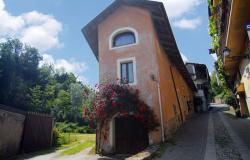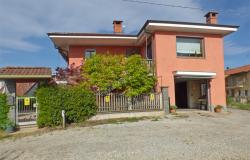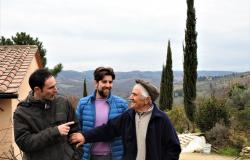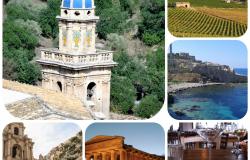Thursday 23rd February is the 70th anniversary of the arrival in Orkney, off the north coast of Scotland, of around 1,200 Italian POWs. When they were moved from these islands, towards the end of the Second World War, the men left behind the ‘Miracle of Camp 60’ - a chapel that is today recognised around the world as a great symbol of hope and peace. Scottish author, Philip Paris, spent more than four years digging into its history... and unearthed secrets that had remained hidden for more than sixty-five years.
This passion to discover everything possible about the chapel began on the morning of 23rd August 2005, which was the first time my wife and I visited the building. We were moved to tears as we stood before the beautiful rood screen looking at Domenico Chiocchetti’s masterpiece above the altar, a painting of the Madonna and Child based on a little prayer card that had been given to him by his mother and which he kept throughout the war.

My decision was made before we had even stepped back outside and it was one that set me upon a journey the likes of which it is unlikely I will ever walk again. I tracked down elderly men who had been prisoners-of-war in the Orkney camps, interviewed descendants of the key artists and spoke at length to the families of the men who ran Camp 60, British and Italian. I sat by the bed and listened to the tales of 101-year-old Alison Sutherland-Graeme whose father had owned the island of Lamb Holm upon which Camp 60 was built. They all held a part of the chapel’s untold story.
But these meetings were yet to come and during those early weeks of research the biggest surprise to me was that although the chapel was quite famous (it’s Orkney’s biggest tourist attraction) no-one had ever tried to find out about the myriad of moving stories that would inevitably exist where people have battled against almost overwhelming odds to build a monument to the ability of the human spirit to rise above enormous hardship and despair.

The chapel has all the elements of a blockbuster film and there would certainly be no need to rely on special effects to hide a weak plot. This story has everything; the gritty determination of weary men thrown together in a hostile environment far from home, their loneliness and dread transformed into hope by the vision to build a place of worship that would make former enemies into friends and cross all boundaries of religion, beliefs and nationalities. There is even a love story, which was known to only a handful of people. A token of that love remains in the chapel to this day, but its significance had never been realised.
The basic facts surrounding the arrival of the POWs have been fairly well publicised over the years (although even amongst these details many glaring inaccuracies can be found in the various newspaper and magazine articles on the subject).
During the summer of 1941 approximately 1,200 Italians, captured during the North African campaigns, were selected from a camp in Egypt and transported to Orkney to help with the construction of the Churchill Barriers. These were designed to seal the eastern entrances into Scapa Flow, which was the harbour for the British Home Fleet. It was through one of these channels that a German U-boat entered the supposedly safe anchorage and sank the battleship HMS Royal Oak resulting in the loss of 833 lives.

Image by James W. Sinclair, Orkney Library Archives
To prevent such a tragic event happening again Winston Churchill ordered that the entrances between three islands and Mainland Orkney should be sealed with great barriers. The Italians arrived at the beginning of 1942 to help with the construction and were split between a camp on the island of Burray and one on the previously uninhabited island of Lamb Holm.
The human story is often lost amongst facts, figures and dates. The following quote is from ex POW Coriolano ‘Gino’ Caprara describing the start of their journey to Orkney. Gino has become a very dear friend and his ability to recall minute details of camp life, working on the barriers and of friendships made with local Orkney people, has been invaluable to me.
‘We had been forced to march for miles in the desert until we arrived, tired to death, at Sollum, where we embarked on a cargo ship to be transferred to Alexandria. Thousands of us were stowed below in the hold of the ship. We were already in a bad state and after a couple of hours had to endure the stench created by so many men, who were compelled to vomit, shit and piss where they stood.’

In the picture Gino Caprara and Philip Paris
The 550 men arriving on Lamb Holm encountered a bleak, barren camp consisting of 13 Nissen huts and little else other than mud. It was the middle of an Orkney winter and the weather and harsh working conditions hit the Italians hard. Within a few weeks they went on strike, which inevitably led to increased conflict with their new captors.
Strikes rumbled on until the autumn of 1942 when Camp 60 received a new commandant with the appointment to the post of Major Buckland, who spoke Italian and loved everything to do with Italy. The new British officer gave permission for Domenico to build a statue of St George slaying the Dragon, which he made out of cement and barbed-wire.
When it was completed the three-foot statue was placed on a concrete plinth on the parade ground. Before this final stage, however, a milk bottle, containing several sheets of paper with the names of all the POWs in Camp 60, was put inside the hollow plinth as a record of the Italians on the island.
It wasn’t until the September of the following year, with the arrival of the camp’s first priest, that the idea of building a chapel could be turned into a reality ...
****Next week Philip Paris explains how the chapel was created out of leftover cement and scrap material. Philip Paris is author of the historical fiction – The Italian Chapel – and the non-fiction Orkney’s Italian Chapel: The True Story of an Icon.


